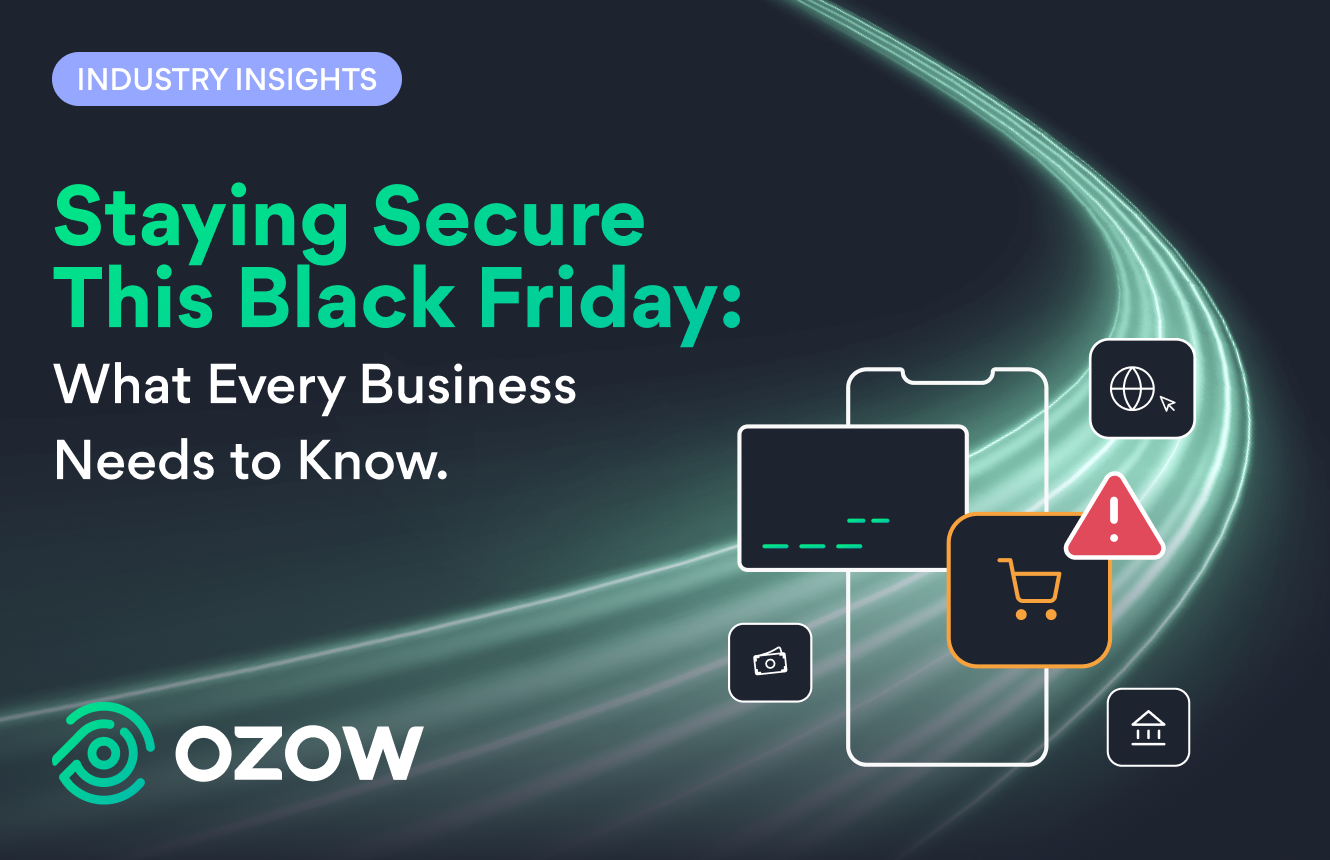
Business risk is something every entrepreneur and business owner will have to face. How you manage that risk is what will lead you to a profitable future. It all starts with simple trends and patterns that can inform you about potential risks and opportunities.
While not many businesses may have access to data analysts or risk advisors, there are tools available that can help you collect and analyse necessary data. If you have the resources available, hiring an analyst or risk manager can turn your risks into potential business opportunities.
How data can be used
Data in its purest form is an unrefined resource, it’s messy and unreadable at first, that is until it’s sorted and displayed in a digestible way. Once its interpreted, based on the information you’re looking for, the data can be used in the following ways:
- Boost security: Being able to read security patterns and understanding trends in security breaches can inform your business on what parts of your security can be improved.
- Avoid repetitive losses: Interpreting data and trends can help your business pinpoint holes in its offering by understanding a particular pattern, especially ones that repeat themselves over time.
- Reduce customer churn: Big data can assist you in identifying customers who might be at risk and allow you to pinpoint the point of failure, whether it be a product or service that’s driving your customer away.
- Avoid operational risk: It’s almost impossible to be able to monitor every aspect of your business, big data can give you an edge in understanding which areas of your business can likely become a pain point for you.

While these are some of the common ways many businesses utilise data, it’s full application will be up to your discretion as a business owner or manager.
Neil Pretorius, Ozow’s Lead Data Analyst weighed in on the conversation: “By analyzing financial data, KPIs, and large datasets, businesses can uncover hidden patterns and relationships that may indicate potential risks.”
“With the help of risk scoring models, early warning systems, predictive analytics, and benchmarking, businesses can be proactive in mitigating those risks. In short, data analysis is a must-have tool for any business looking to stay ahead of the curve and ensure a profitable future,” he continued.
What to look out for
Data literacy is a key component of data utilisation as it allows companies to organise and display their findings in a digestible way. Whether it be in the form of a bar graph or pie chart, data literacy is about more than how the data is displayed. It’s about understanding the findings you’re seeing, reading trends.
For example, a loss in revenue over a quarter or two might be contributed to outside economic influences. But a loss over a year or longer is indicative of something much larger. From that point onward it’s all about investigating further. As a business owner you can explore the checkout flow, is it more streamlined or can it be tweaked, and so on.
Eventually you’ll begin to find weak points through this exercise that will either address your main concern or serve as a good proxy for preventing future pain points
More concrete signs of business decline however also need to be considered. “Identifying potential risks in businesses involves monitoring key financial metrics, debt levels, market changes and more,” says Pretorius. He also goes on to say that: “By proactively monitoring and managing these risks, businesses can address potential issues and ensure long-term sustainability."
A similar sentiment was also expressed by Ozow’s Engagement Manager in Commercial, Hishaam Solomon: “Get comfortable with the data. Yes, we can setup dashboards and alerts and use machine learning. However, whatever we do, data literacy will be the first area to focus on, ensuring the relevant teams are upskilled enough to identify risks and opportunities.
He also went on to mention that it’s important to, “use the tools at your disposal, every department from Finance to Marketing has their own metrics and it is important to help understand them.”
Alternatives to brainpower
Understanding big data, while beneficial, can be costly, especially to small businesses. With the rise in capable AI and technology, it’s become easier to find third party systems that collate, read and display your data, making it easier for you to understand what’s in front of you.

Ozow integrates with multiple third parties to help your business. Entities such as Drupal, BigCommerce, Xero and more not only help you track what’s happening in your company’s backend, but their various customisable options also give you the power to design and create your own ecommerce store with minimal effort.
Pretorius also mentions that: “Smaller merchants can still gain valuable insights by leveraging readily available resources, being observant of customer feedback, staying informed about industry trends, and seeking external advice when needed. It's crucial to continuously monitor and analyse data and trends, adapt to changes, and take proactive actions to avoid potential risks or capitalize on opportunities for business success.”
While these tools and services are at your disposal, it’s also important to understand that no solution is fool proof. “The reality is pivoting away from risk isn’t always possible. We cannot avoid risk all the time,” mentioned Solomon. “What we can do is learn to adjust and find ways to mitigate the risk. Find a way to balance the risk and the reward. There isn’t a silver bullet.”
How we help you in risk
At Ozow we utilise data to optimise all our business processes, to ensure the best outcomes possible. We take the same approach toward developing solutions and products for our customers.
Our intuitive dashboard gives merchants the power to monitor transactions and refunds as well as empowers them to make better data decisions. For our merchants while a lot of the benefits are felt in the backend of our systems, it results in customers getting to experience optimised applications and payment systems.
Pretorius added to the conversation saying, “Effective risk analysis and mitigation strategies for merchants require a collaborative approach, incorporating data analytics, risk management frameworks, and technology tools. By tailoring the approach to each merchant's specific needs, and keeping strategies updated as the business landscape evolves, we can provide ongoing support to ensure effective risk management.”
As the digital age evolves, the importance of big data and data literacy evolves and grows with it. Learning to understand data in this digital age is a necessity for any business venture.
Citations
-
Staff Writer








